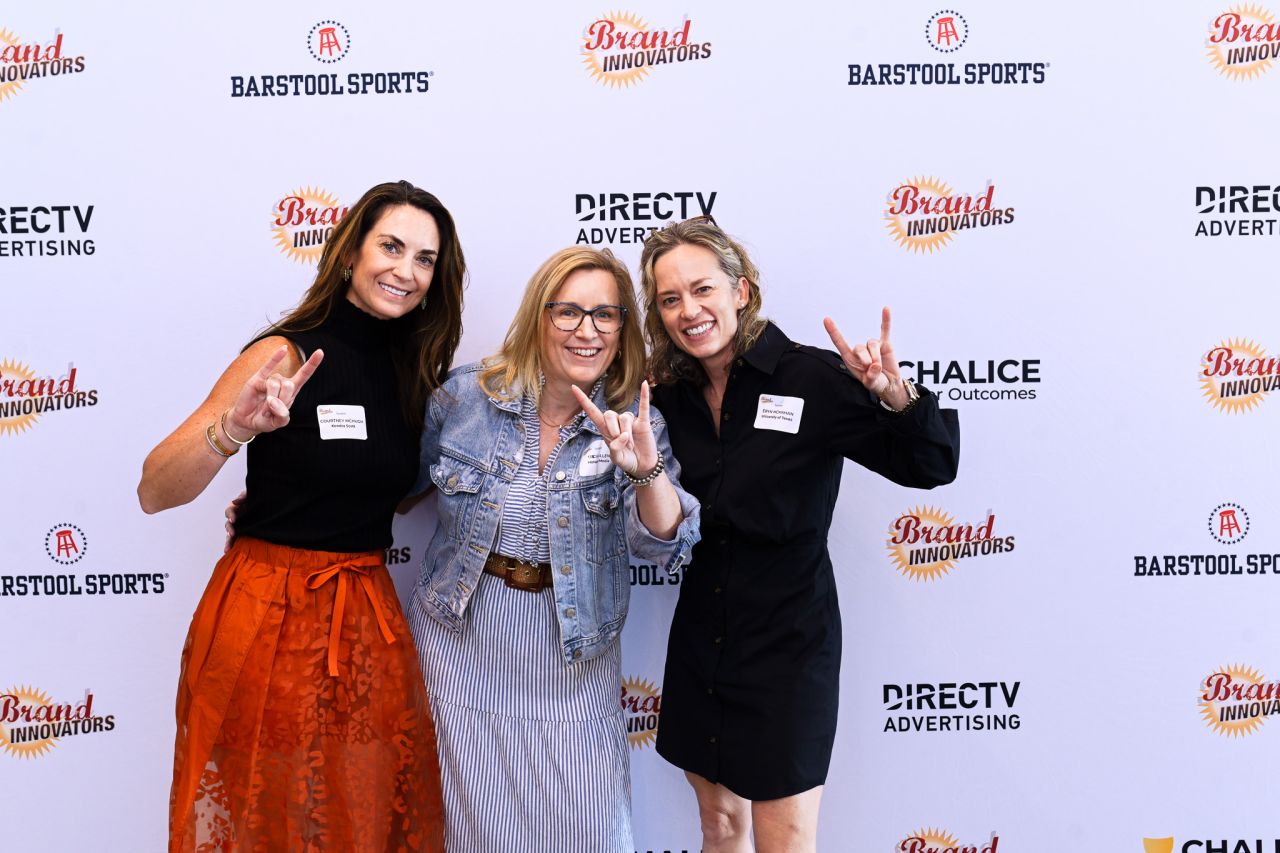The year is 2011, Prince William and Catherine Middleton have just exchanged vows in front of a packed St Paul’s Cathedral, President Barack Obama has just released his birth certificate to assuage a doubting reality TV star’s concerns over his heritage, and QR codes are the hottest thing in technology.
Nearly a decade later and said reality TV star is exiting the White House stage right, William’s younger brother and his wife have just quit the royal family and QR codes are the hottest thing in technology.
“Plus ça change, plus c'est la même chose”
The more things change, the more they remain the same.
Based on the statements above, you’d be forgiven for thinking that the boxy, black and white matrix barcode had been one of the few constants in an ever-dizzying world of change and uncertainty, but the intervening nine and a half years were not easy for the humble quick response code.
Such was the promise and excitement around the technology in 2011, that many industry bigwigs dubbed the year “the year of the QR code”. Brands like Heinz, Starbucks and Victoria’s Secret wowed audiences with (at the time) pioneering QR executions which rewarded users who took the time to scan placements with their increasingly smart phones and soon, they were everywhere.
The appeal of the Quick Response code quickly wore thin as load times rendered their name a contradiction. Unique apps were required to read the codes as advertisers tried their hardest to shoehorn the technology into each and every campaign. To all appearances, they served no real purpose and scanning offered no real reward. The QR code was destined to be but a footnote in advertising history.
Enter 2020.
The QR code has been EVERYWHERE this year, from virtual restaurant menus to Out of Home (OOH) placements from the likes of Coca Cola, HBO and Walmart, to the very real possibility that once we are all vaccinated, we won’t be able to step foot on a plane without the right QR code to hand. To call the code’s comeback “a resurgence” would be an understatement.
But why is it so omnipresent? And what opportunities does it present to advertisers?
The pandemic and its associated health and cleanliness implications aside, the re-emergence has been driven by one major factor; Technology.
The past couple of years have seen built-in QR readers added to the cameras in both iOS and Android. Gone are the load times and the need for unique apps to read different codes from different brands. As a result, engagement rates have increased and the ROI on QR development and their associated experiences has become more justifiable.
The last few years have also seen major improvements in media buying technology and the rise of Digital Out of Home (DOOH). Media buyers have been quick to realize the potential this represents, both in terms of reaching hyper-targeted audiences and the experiences that are served up to users who take the time to pull out their phones and scan. Users are no longer scanning QR codes to find that all they are being rewarded with is a phone number or email address but are now being transported to parallel universes and undiscovered AR worlds or provided redeemable coupons.
By adding a QR technology component to Snapchat, TikTok or Instagram campaigns, advertisers can capitalize on the technology’s resurgence and begin to surprise and delight users in exciting and creative ways.
The possibilities are endless and QR is here to stay.
The QR code is dead. Long live the QR code.








